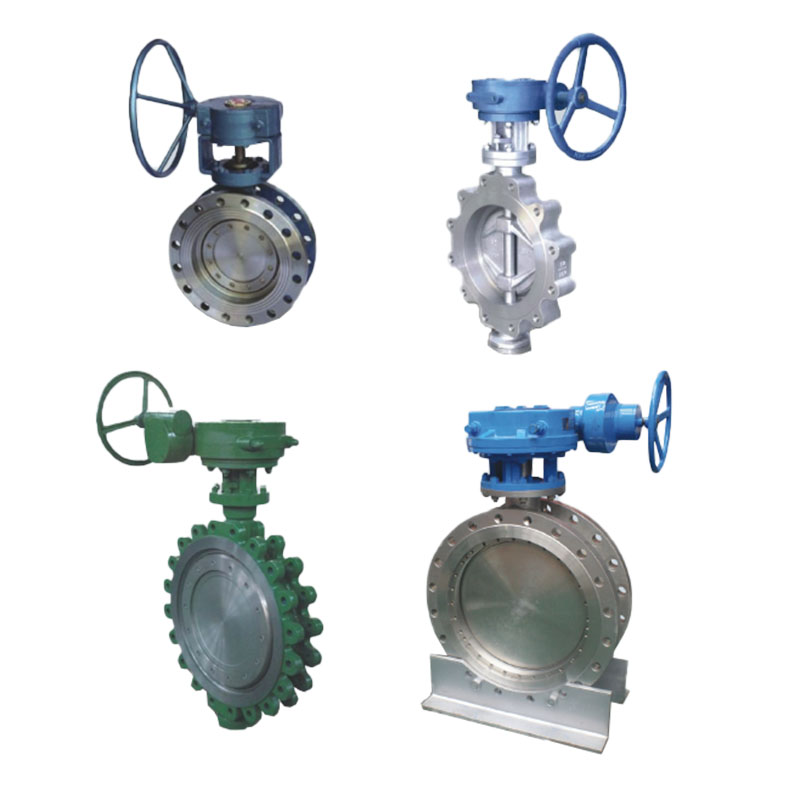Zhejiang Shunlin Valve Co., Ltd. is China Flange Valve Manufacturers, we are design and manufactures API standard valves (globe valves, gate valves, check valves, ball valves).
When it comes to controlling the flow of liquids in a piping system
Update:2023-12-13 7:00:00 Wednesday
Summary:When it comes to controlling the flow of liquids in a piping system, there are many different kinds of valves to choose from. Some of the most common include gate valves and globe valves. These two valves are similar in some ways, but there are also ......
When it comes to controlling the flow of liquids in a piping system, there are many different kinds of valves to choose from. Some of the most common include gate valves and globe valves. These two valves are similar in some ways, but there are also differences between them. The main difference is that the structure of a cast steel globe valve is force-sealed, meaning that pressure must be exerted on the valve disc to prevent it from leaking. This makes them a good choice for high-pressure applications.
These valves are typically used in industrial applications, such as those involving steam, oil, and gas. They are often found in water, sewage, and waste-water treatment plants, as well as natural gas distribution systems and power stations. They are also commonly used in petrochemical processing, manufacturing, and refining processes.
Unlike gate valves, which are typically installed in a horizontal position, cast steel globe valves are designed to be installed in vertical positions. This allows for easier maintenance and increases the safety of personnel working on a pipeline system.
One of the most important factors when choosing a globe valve is its opening height, which is defined by how far the stem can be rotated upward. The ideal opening height is 25% to 30% of the valve body diameter. This is a good guideline for determining how close the valve should be to completely closed or open.
A key benefit of a globe valve is its shutoff capability, which is aided by the fact that the stem axis is perpendicular to the valve seat sealing surface. This helps the valve to create a tight seal, and it is an advantage in applications that require reliable shut-off action.
Another benefit of a cast steel globe valve is its versatility, as it can handle a wide range of liquids and gases. This includes both low-viscosity and high-viscosity fluids, as well as slurries and lubricants. This feature also makes them a great choice for regulating or throttling applications.
There are several different kinds of disk designs for cast iron or stainless steel globe valves. The most common is the ball disk design, which is used in applications where severe throttling is not required. The composition disk design is an alternative to the ball design, and it features a hard non-metallic insert ring on the valve disc that provides a tighter closure. Finally, the plug disk design is a more advanced version of the ball or composition disk and offers better throttling than the conventional disc.
A sleeve in the middle of a cast iron or stainless steel valve can be made from a variety of materials, including ductile iron and bronze. Ductile iron sleeve valves are generally used in low-pressure, low-temperature applications, while bronze sleeve valves are suited for higher-pressure, higher-temperature applications. These sleeve materials provide resistance to corrosion, fatigue, and wear. They also offer a good balance between performance and cost.



 English
English 中文简体
中文简体 русский
русский







